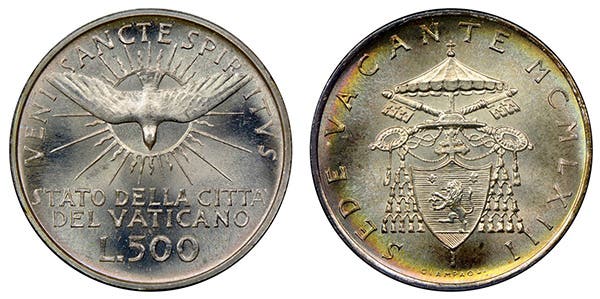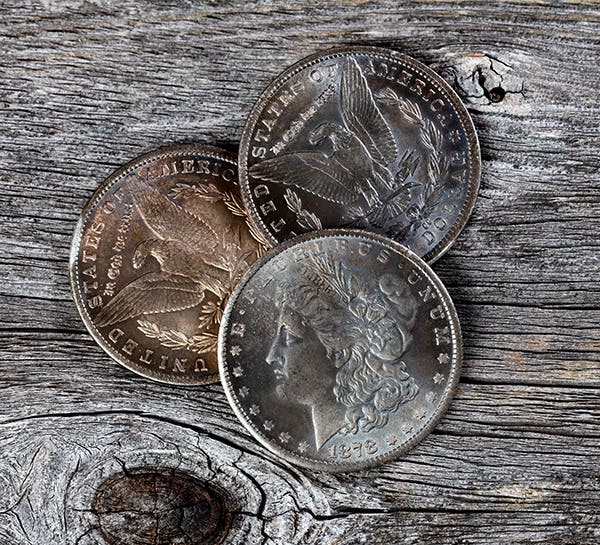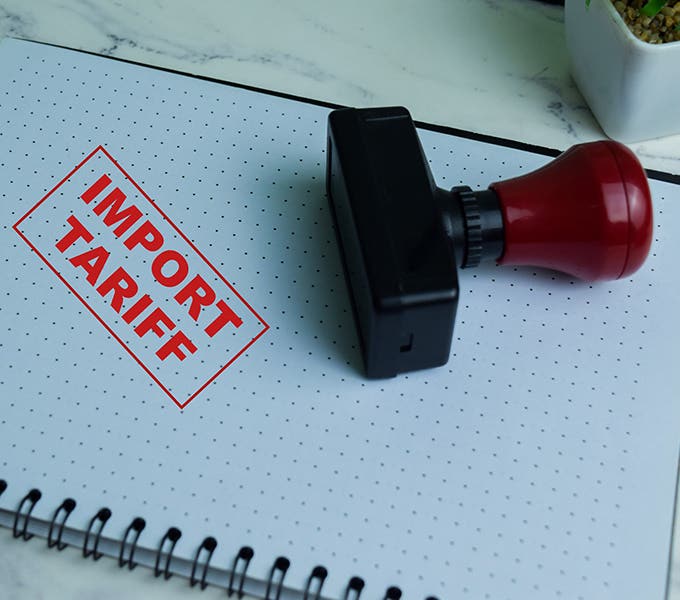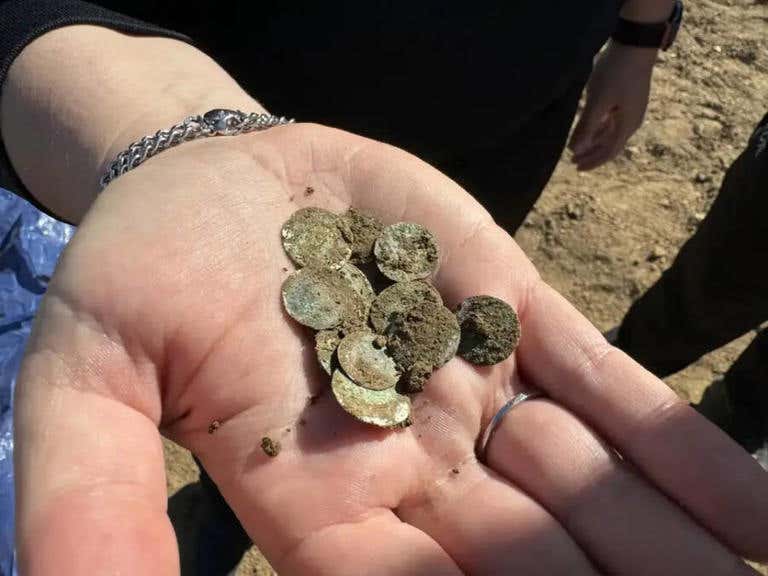1913-S Barber dime a low-grade sleeper
Everyone loves sleepers. It does not matter what you normally collect; if you think you have spotted a coin that should be much more expensive, you are likely to buy…
Everyone loves sleepers. It does not matter what you normally collect; if you think you have spotted a coin that should be much more expensive, you are likely to buy it. We collectors just cannot seem to resist a good deal. One example is the 1913-S Barber dime, a favorite among those who cover the coin market regularly.
The main reason for the 1913-S seemingly being priced so cheaply is its mintage of 510,000. That was low at the time. In fact, during the past century, only the 1916-D Mercury dime had a lower mintage. Based on that fact alone, we could expect the 1913-S to bring an impressive price. However, it is currently priced at $35 in G-4, with MS-60 examples at $480 and MS-65s at $1,375.
Prices for other Barber dime dates are certainly not high. In fact, picking out the 1913-S almost becomes something of a problem because Barber dimes as a group are sleepers. In fact, it would be fairly difficult to point out one example over the past century when Barber dimes were actually awake.
Of course, the 1894-S did vault the $1 million mark at auction in 2005 and gone higher since. That is certainly impressive. But there are no additional examples of a Barber dime going for a headline-grabbing price at auction.
Numismatic researcher Q. David Bowers suggests that the Barber coins were not even all that interesting to collectors back in 1892 when the first ones appeared. All eyes were on the Columbian Exposition commemorative half dollar.
This lack of interest did not change significantly over the years. The Barber design may not have been inspiring, but any number of coins with mediocre designs have been popular. It was simply the case, from the first Barber coin to the last, that they were not heavily collected. Those that were would have been saved by date alone and not by date and mintmark
Therefore, even a pretty good date like the 1913-S would probably have stayed in circulation until it was retired and destroyed. As a result, the 1913-S Barber dimes that still exist are probably in very low grades, perhaps not even reaching G-4.
This fact, combined with its low mintage, means that not many 1913-S Barbers in G-4 condition are being offered at shops and shows. Bargain hunters are very disappointed by this. After all, how many coins with a smiliar mintage of any denomination can you find that cost less than $40 in G-4? Not very many.
Another problem with the 1913-S is that while it’s a solid sleeper pick in some grades, it is not that unusual in Mint State. The Professional Coin Grading Service has seen 48 examples in MS-65 and better, while the Numismatic Guaranty Corporation has seen 31.
These are certainly not high totals. But comparing them with totals for the 1909-O Barber dime (37 at PCGS and 21 at NGC), which had a mintage of 2,287,000 and is priced only slightly higher in MS-65 at $1,650, one might ask which one is the real sleeper. This comparison is just one example.
Thanks to its low mintage, the 1913-S Barber dime stands out. It can be called a sleeper in grades like G-4, but probably not in Mint State. Rather, we can conclude that Barber dimes in general are sleepers, as prices today are extremely reasonable considering their total number of appearances at grading services.
This article was originally printed in Numismatic News. >> Subscribe today.
More Collecting Resources
• The Standard Catalog of World Coins, 1601-1700 is your guide to images, prices and information on coins from so long ago.
• Any coin collector can tell you that a close look is necessary for accurate grading. Check out this USB microscope today!








